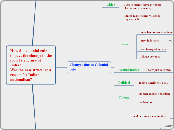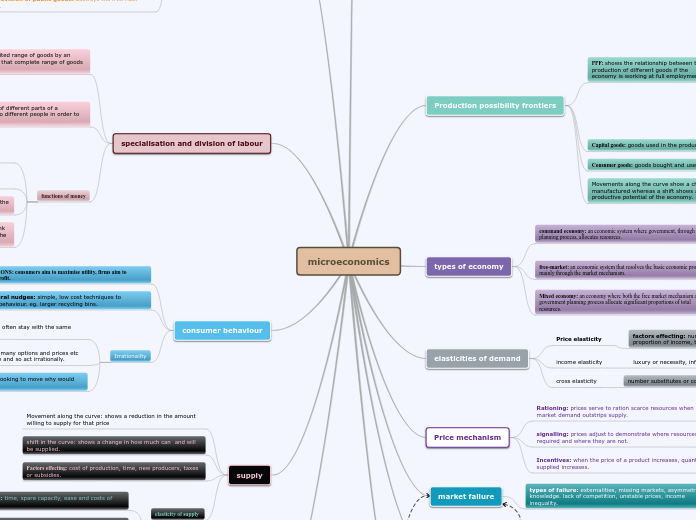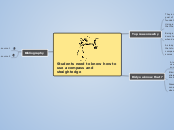av nis rec för 16 årar sedan
804
How colonial rule impacted the change in the social structure of India. Was the new structure a reason for Indian nationalism
The social structure of India underwent significant changes during British colonial rule. Prior to British intervention, Indian society was characterized by village republics, self-sufficient systems, and minimal cash transactions.









